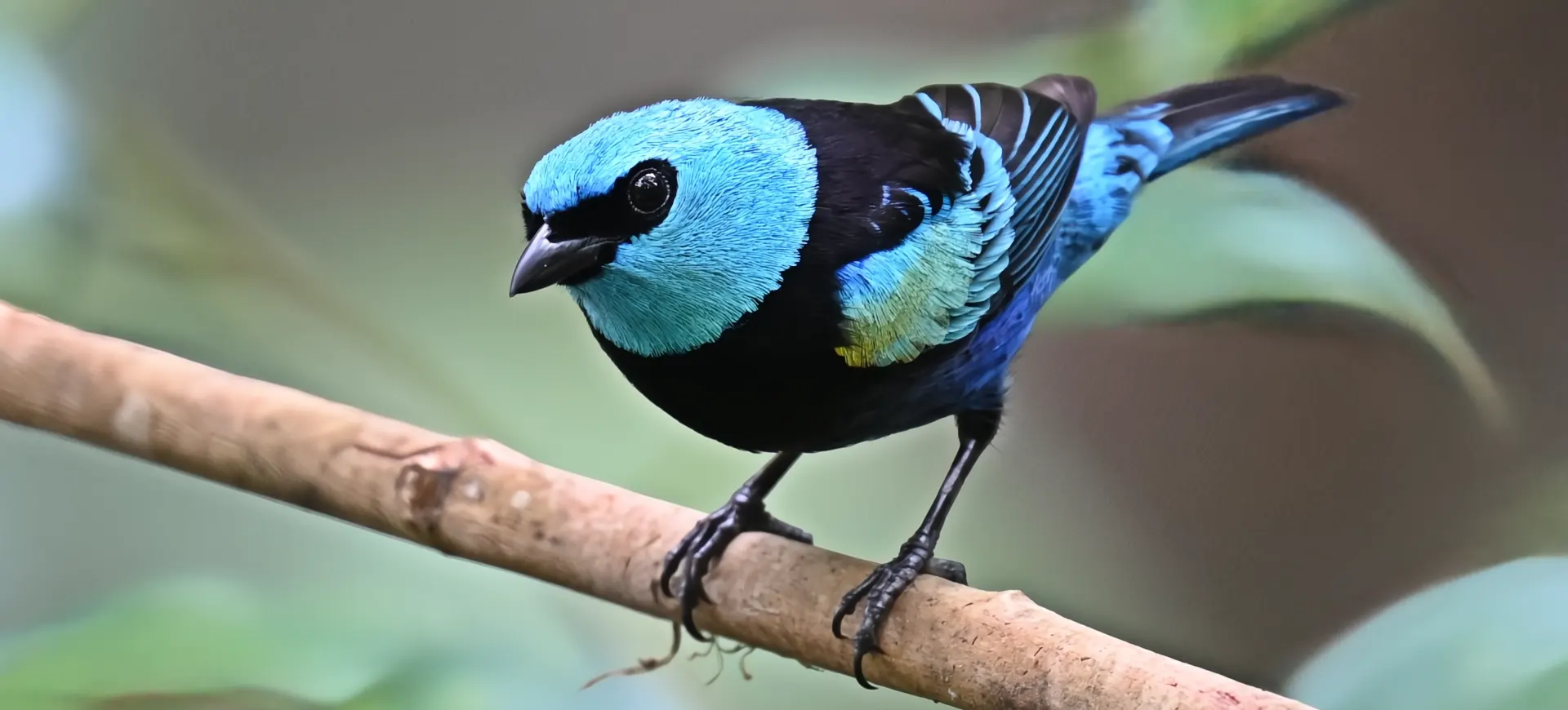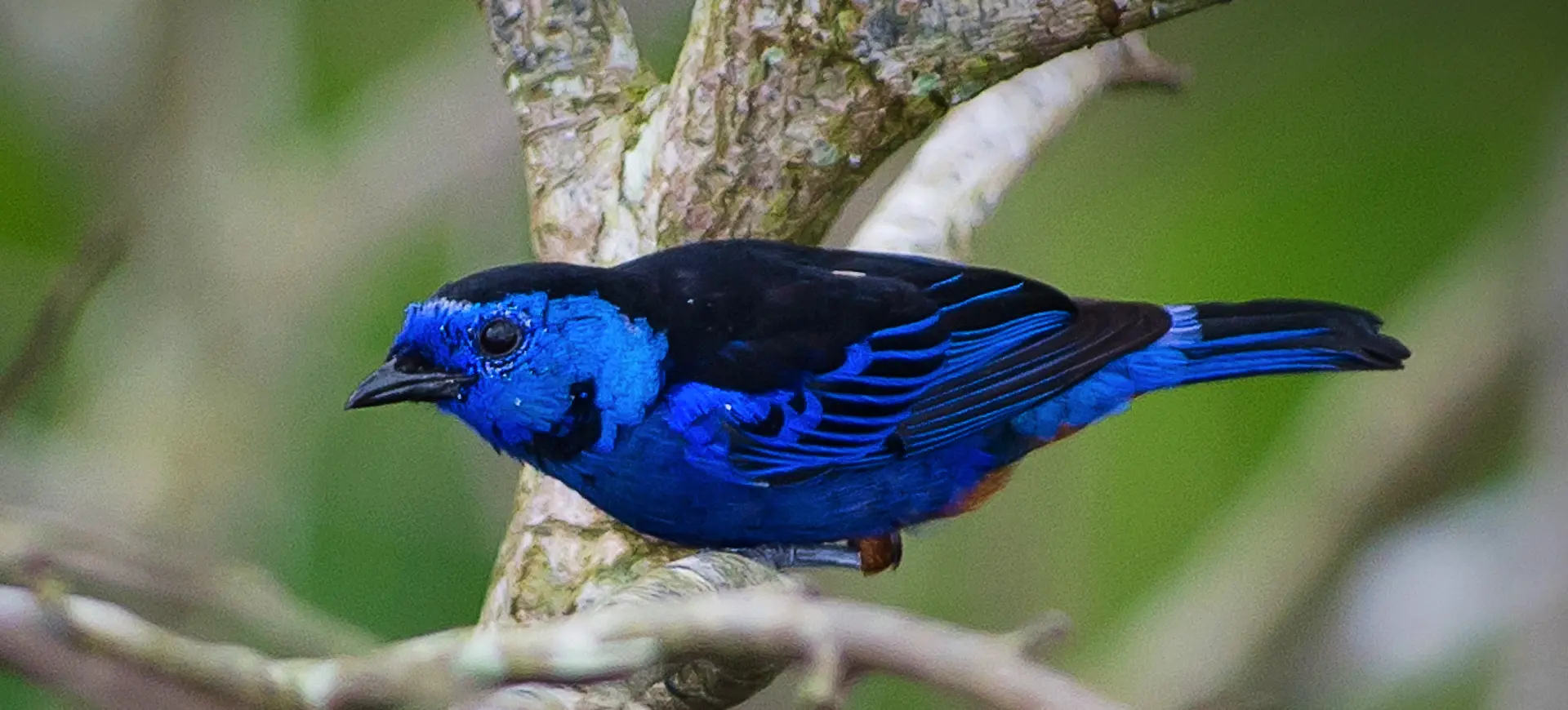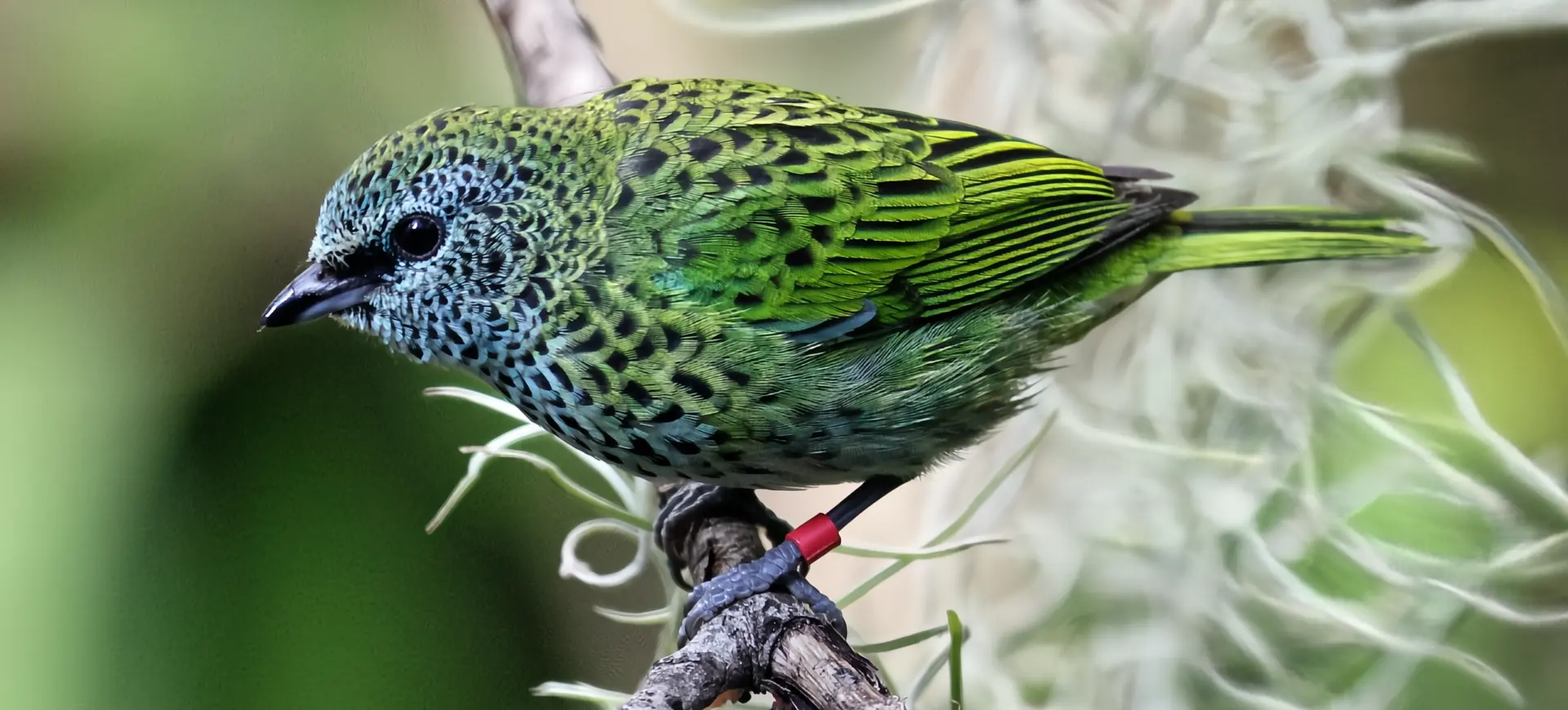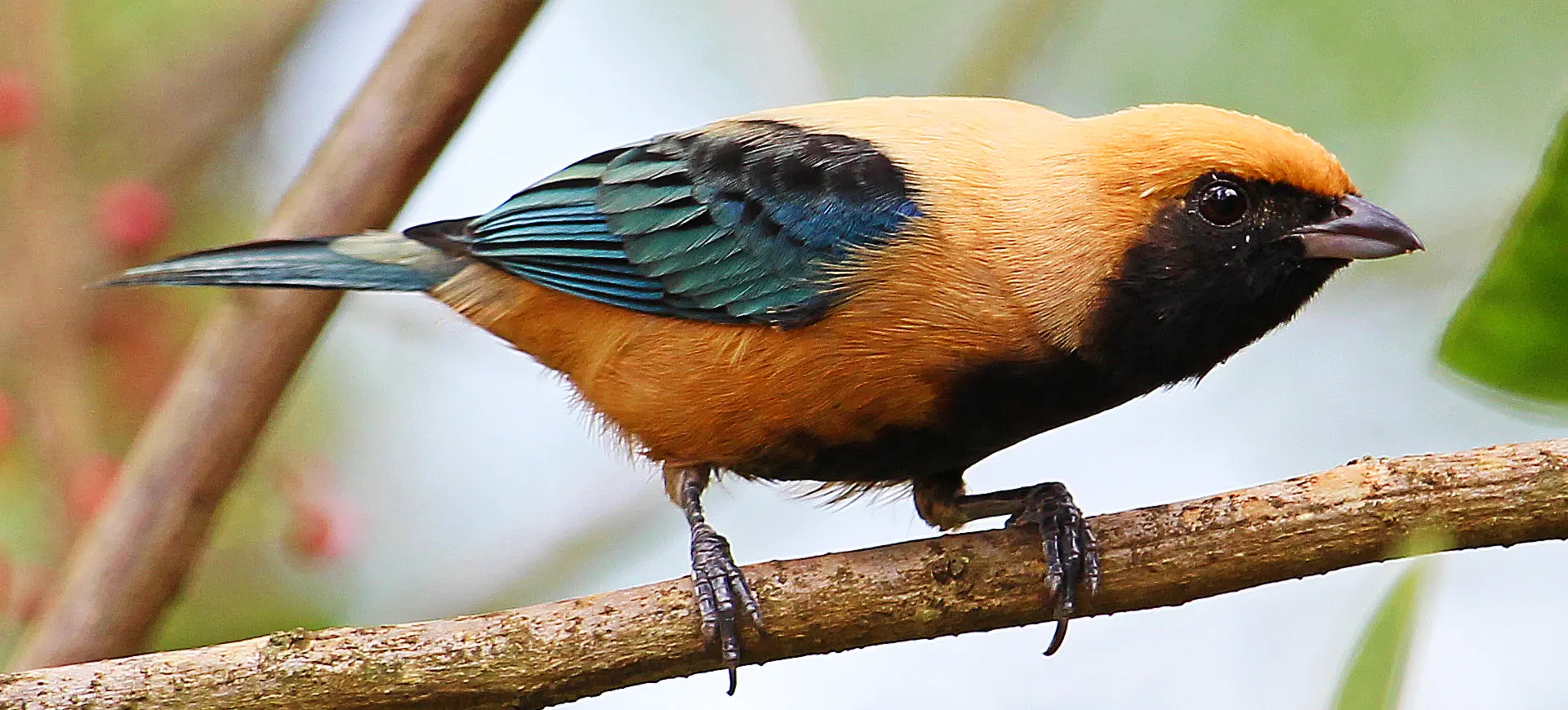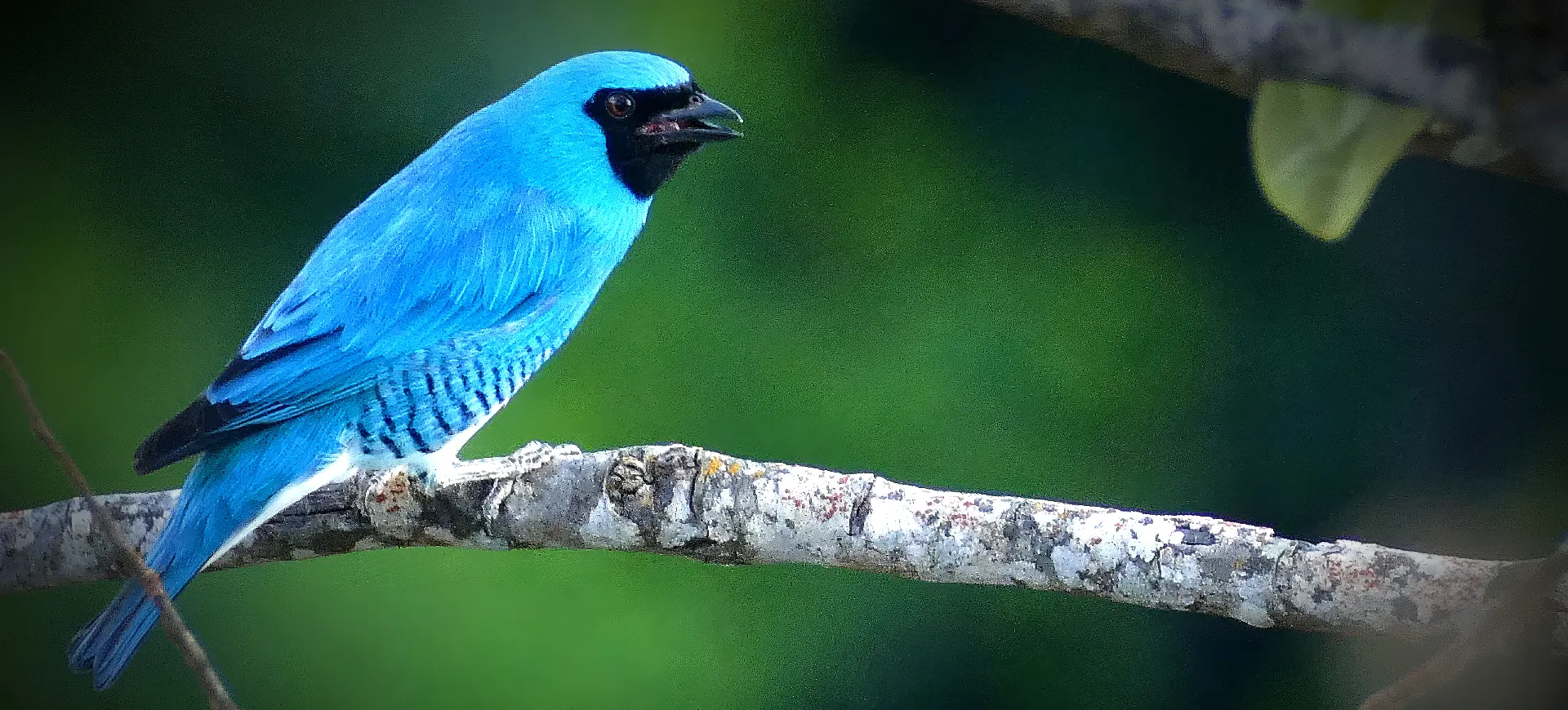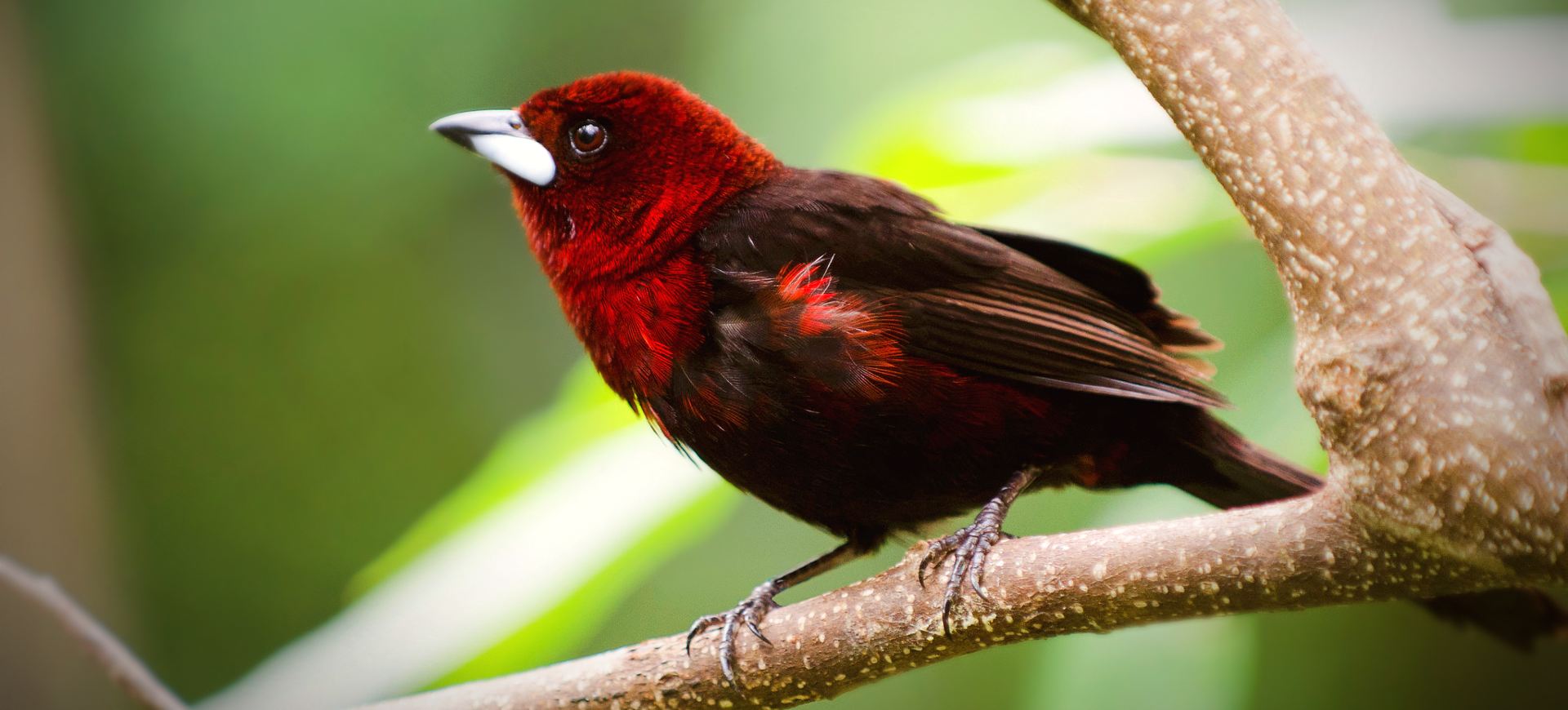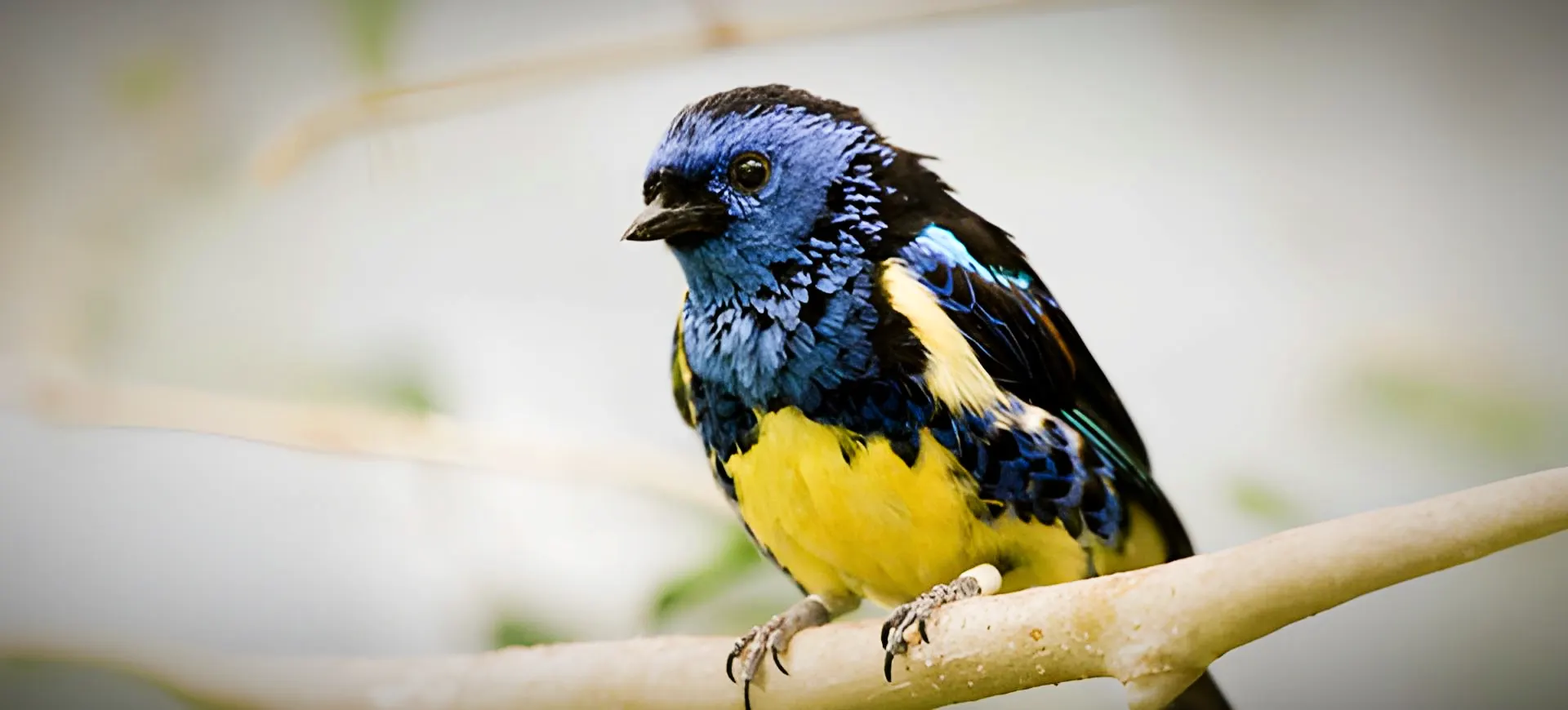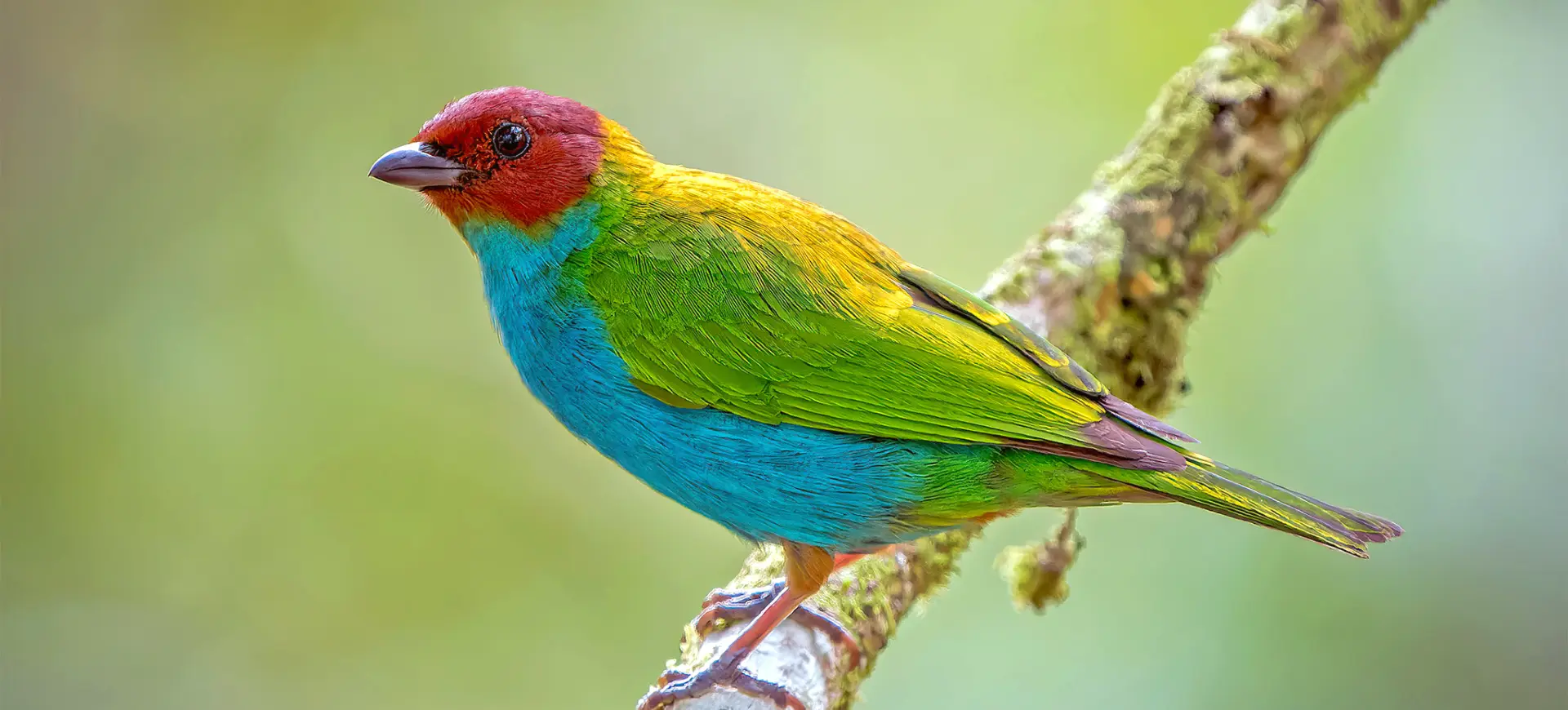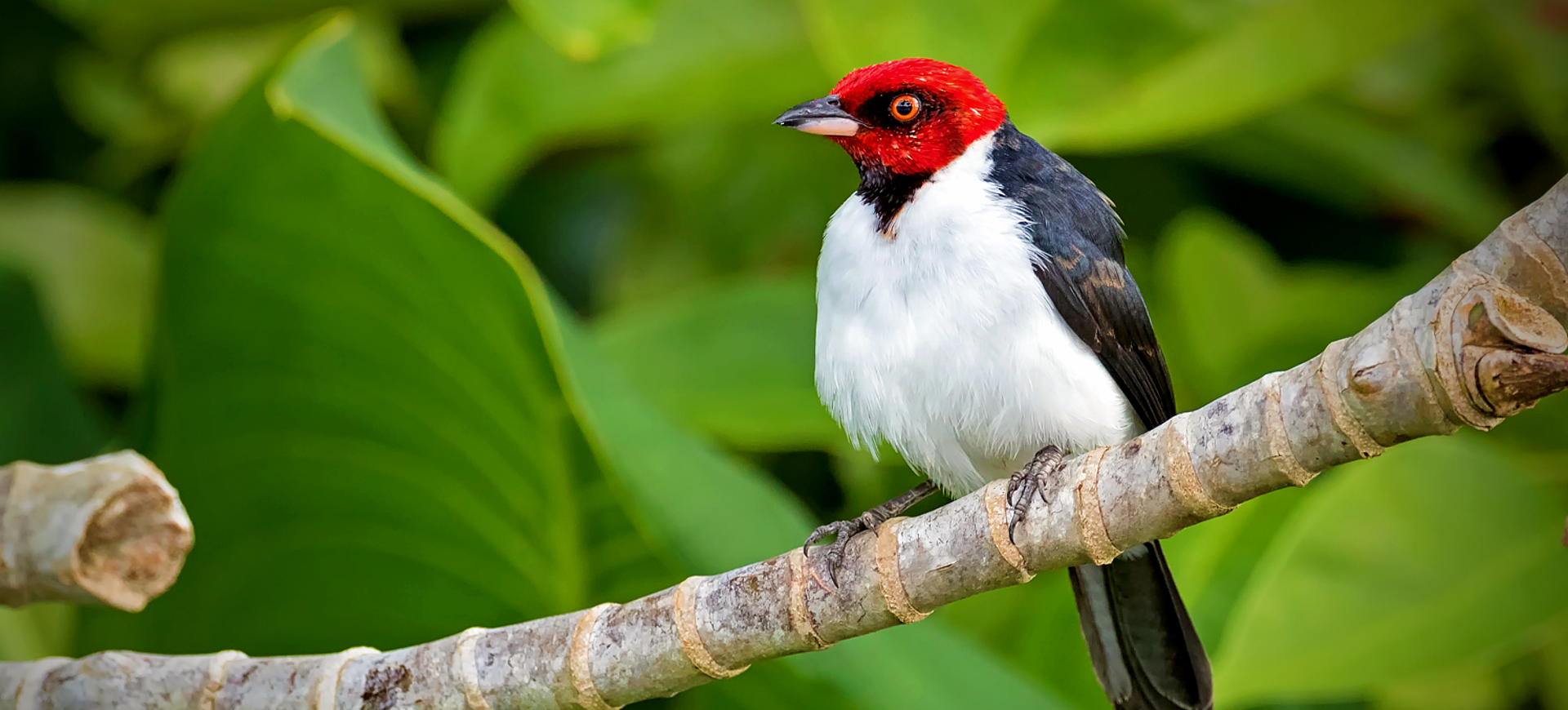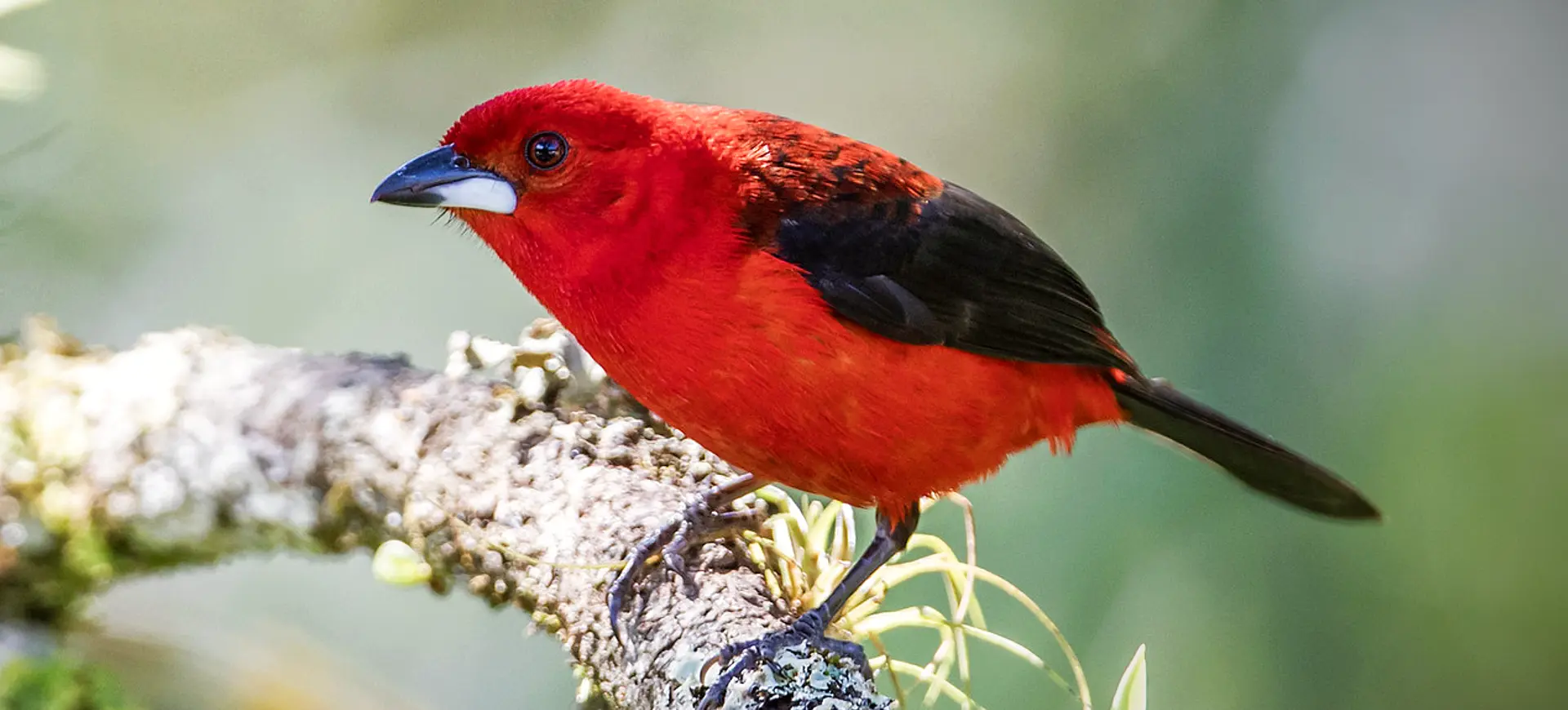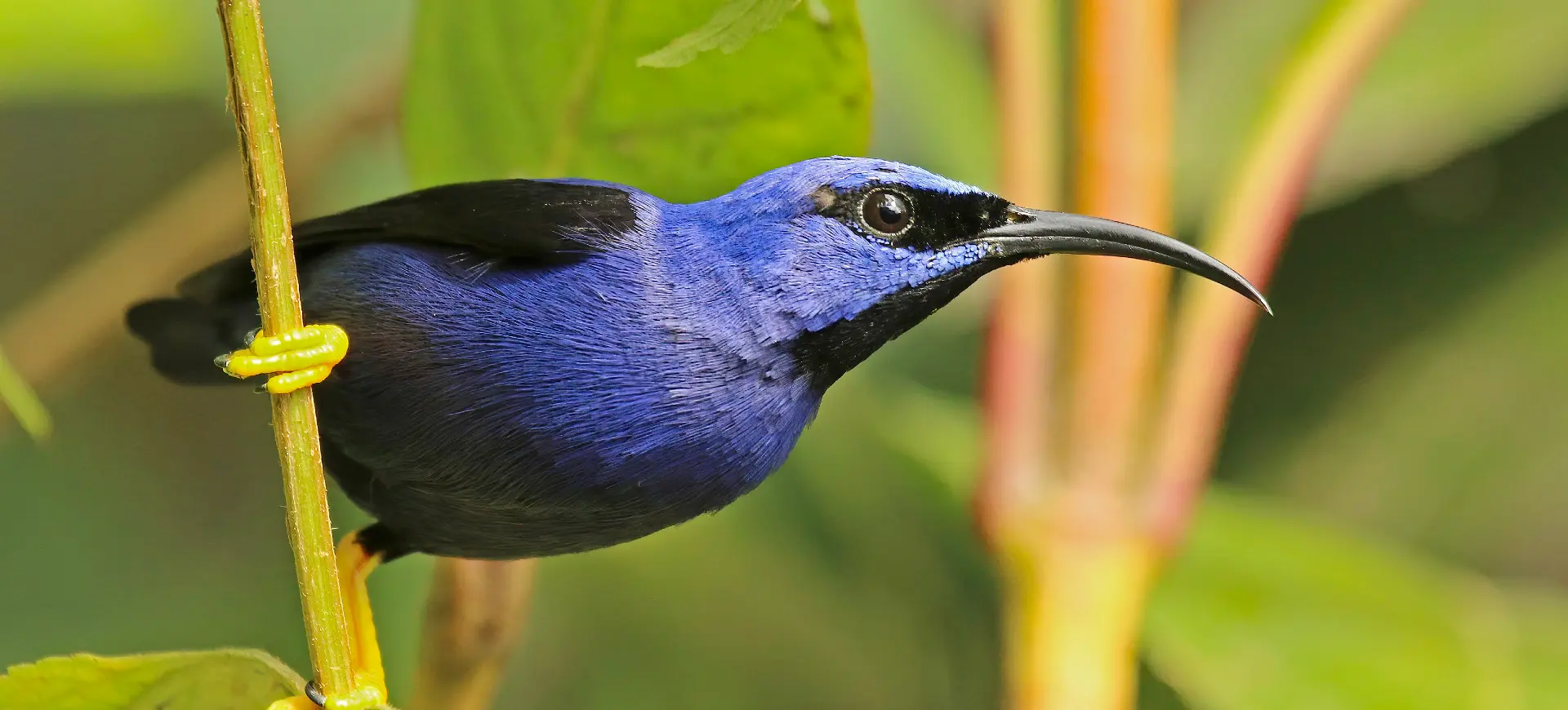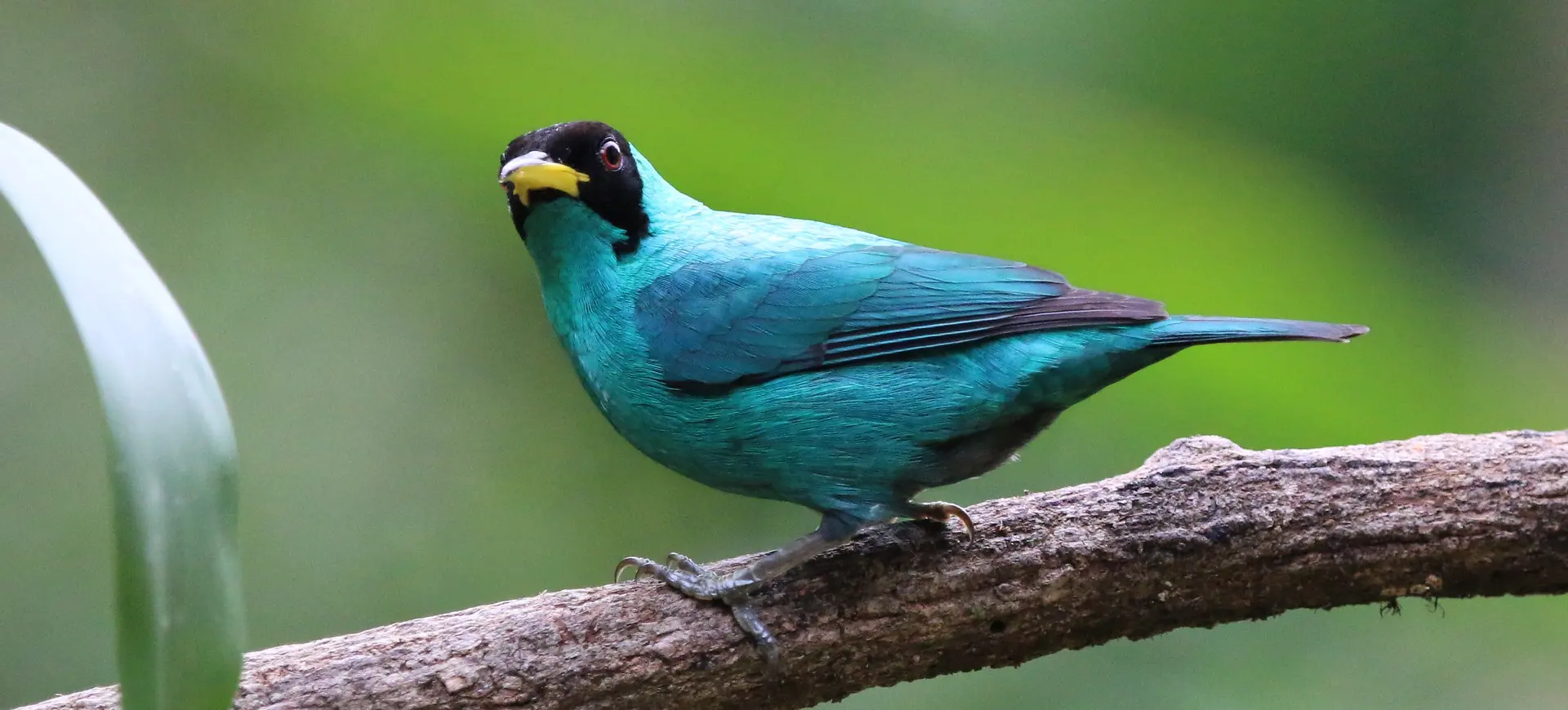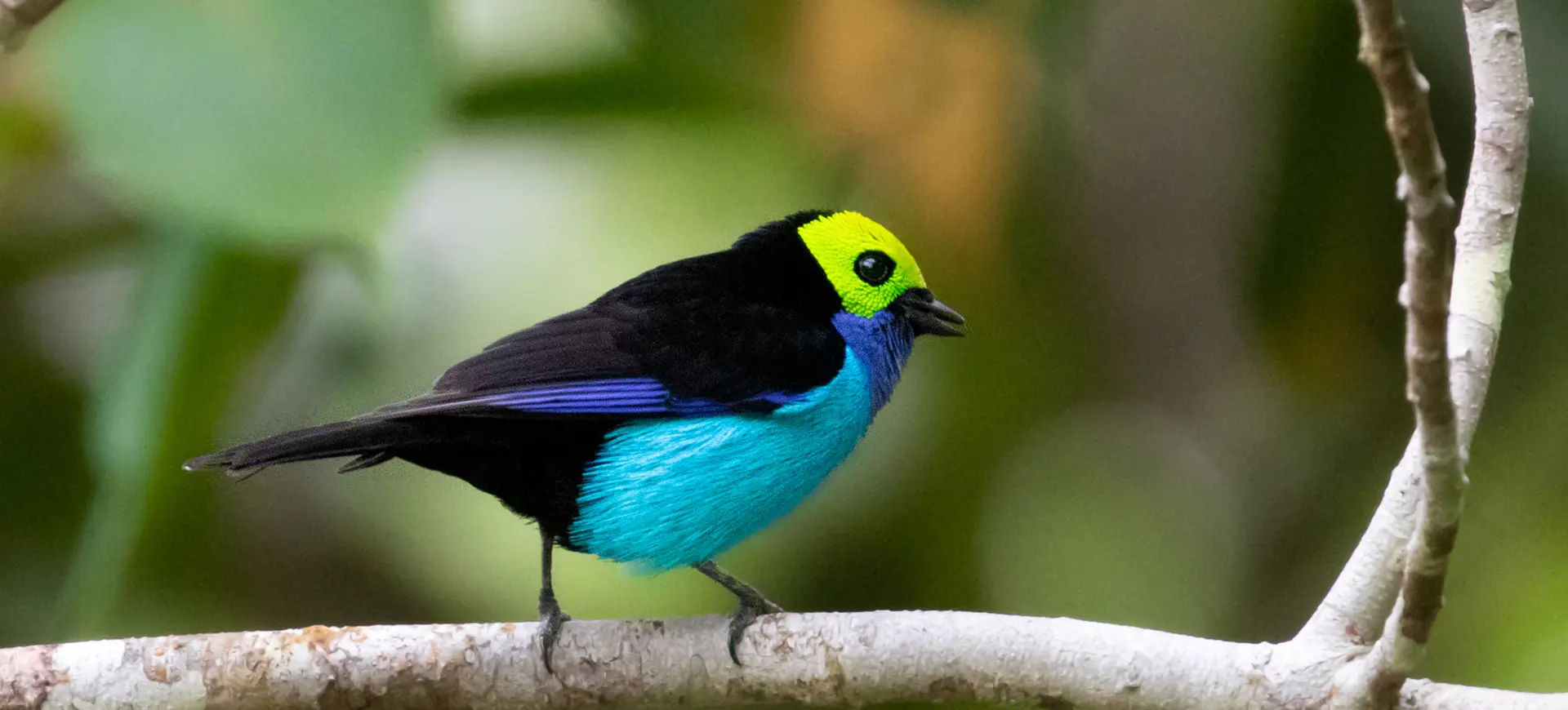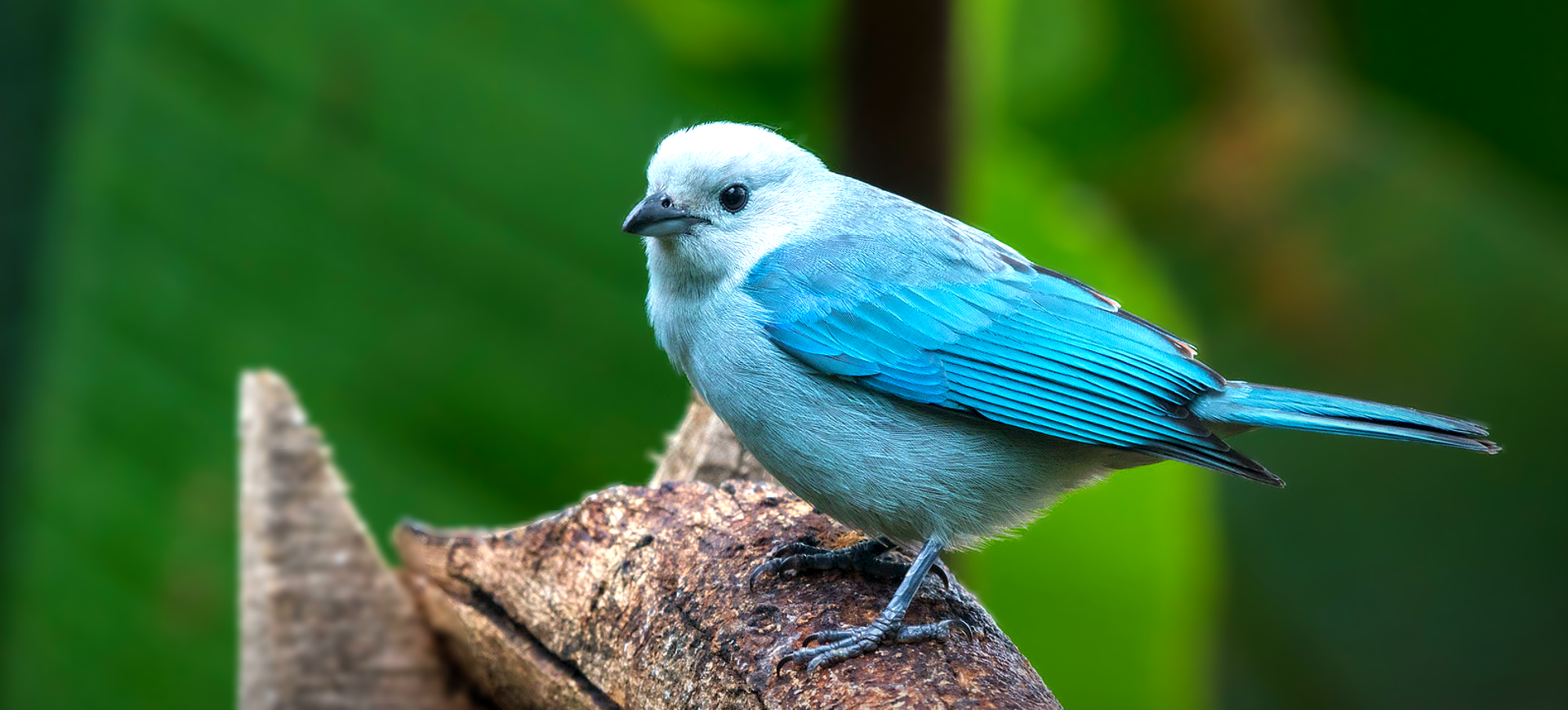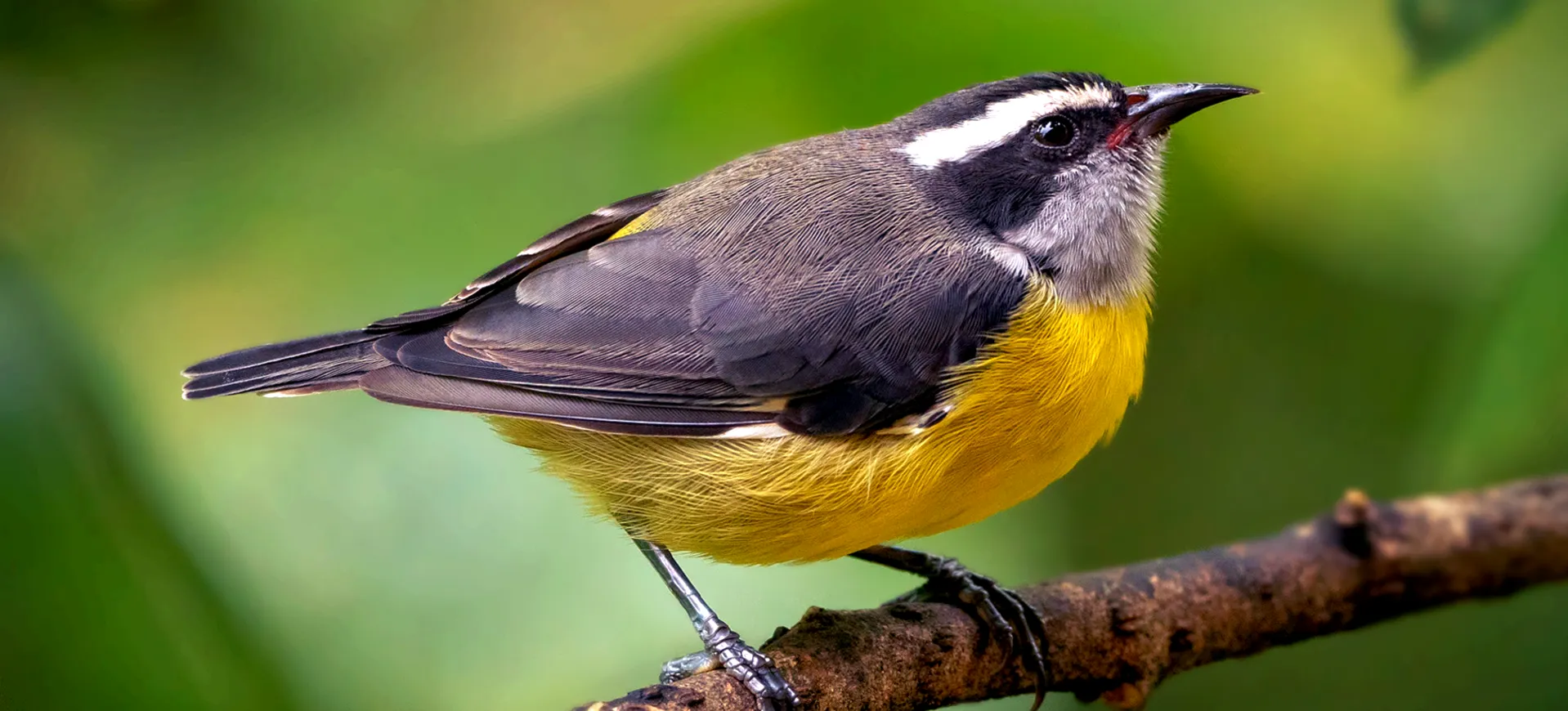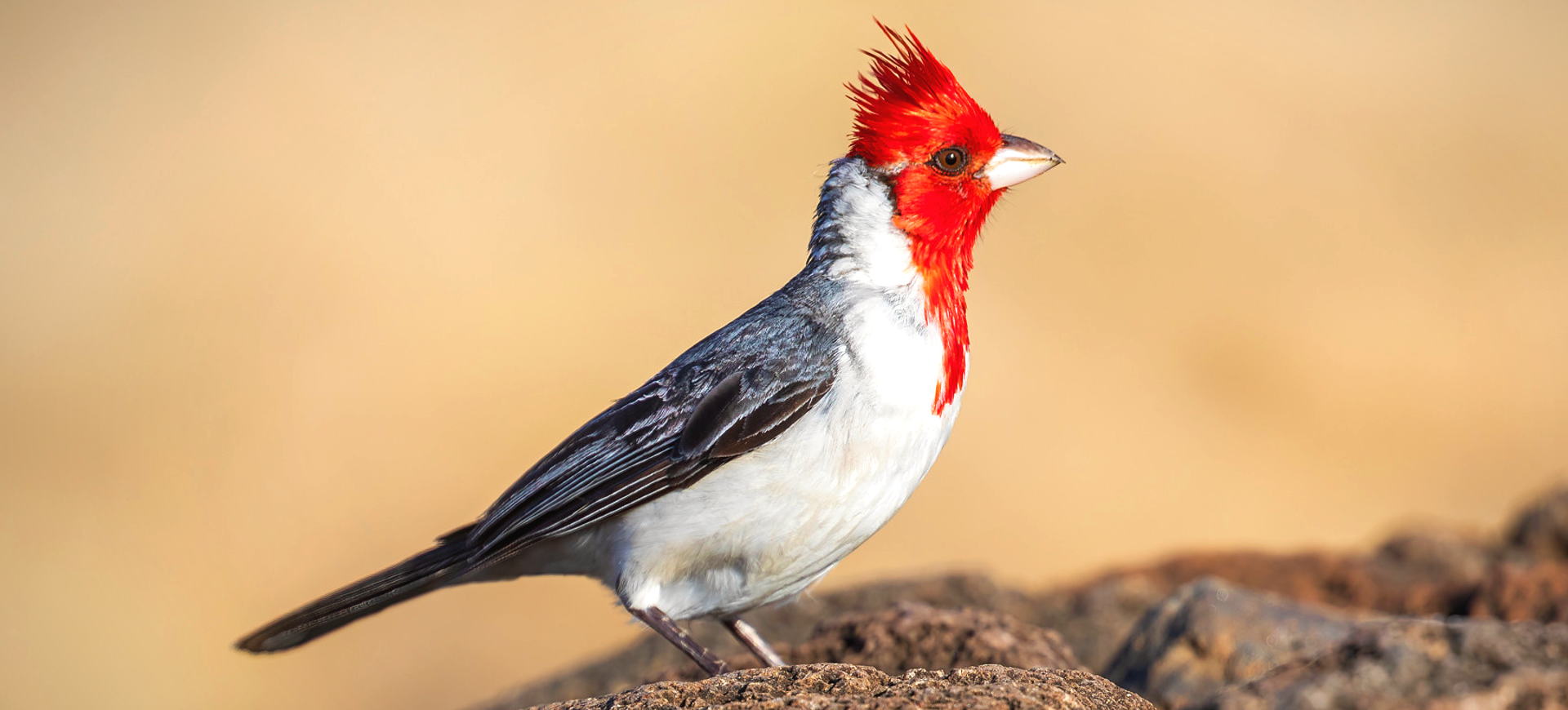Overview
The Saffron Finch (Sicalis flaveola) is a small, brightly colored bird native to South America, widely recognized for its vibrant yellow plumage. Adult males are particularly striking, with their golden-yellow bodies and orange crowns. At the same time, females and juveniles tend to have a more subdued coloring, featuring shades of yellow and green with streaked underparts. These finches are adaptable birds found in various open and semi-open habitats, from gardens and farmlands to grasslands and savannas.
Saffron Finches are social birds, often seen in pairs or small flocks, especially outside the breeding season. They are known for their pleasant chirping and singing, with males frequently engaging in vocal displays to attract mates and establish territories. Despite their small size, Saffron Finches are hardy and adaptable, thriving in wild and urbanized areas. They have also become popular in the pet trade due to their bright coloring and melodic songs.
Feeding primarily on seeds, grains, and insects, Saffron Finches forage on the ground in open areas, where their food sources are most abundant. Their diet flexibility contributes to their success in diverse environments. Additionally, their breeding strategy is opportunistic, nesting in various locations and sometimes reusing the nests of other bird species, which highlights their adaptable nature.
Taxonomy
Kingdom
Phylum
Class
Order
Family
Genus
Species
Sub Species
Type
Physical Description:
Saffron Finches are small, robust birds aged approximately 13 to 15 cm. The males are predominantly bright yellow with orange patches on their heads, making them easily identifiable. Females and juveniles, in contrast, display a more muted yellow-green plumage with streaked underparts, providing better camouflage against predators. Both sexes have conical beaks adapted for seed-eating, a common trait among finches.
These finches exhibit slight plumage coloration and pattern variations across their range, influenced by environmental factors and subspecies differentiation. Their legs and feet are strong, enabling them to forage effectively on the ground. Despite their small size, Saffron Finches are agile and quick, capable of rapid flight over short distances.

Lifespan: Wild: ~3 Years || Captivity: ~11 Years

Weight: Male & Female: 0.6-0.9 ounces (17-25 g)

Length: Male & Female: 5-6 inches (13-15 cm)

Top Speed: 32 mph (51.4 km/h)
Characteristic:
Native Habitat:
The Saffron Finch is native to South America, with a range that spans from Colombia and Venezuela south to northern Argentina. They inhabit various open and semi-open landscapes, including savannas, agricultural lands, grasslands, and urban areas. Their preference for habitats that offer abundant food sources and nesting opportunities has facilitated their widespread distribution.
Adaptability to human-altered environments has allowed Saffron Finches to thrive in areas where other species might struggle. They are commonly found in gardens, parks, and other urban settings, where they can nest in buildings, trees, and shrubs.
Biomes:
Biogeographical Realms:
Continents:
Diet:
Diet & Feeding Habits:
Saffron Finches primarily consume a diet of seeds, grains, and occasional insects, reflecting their omnivorous feeding habits. They are ground feeders, often seen foraging in open areas with abundant food sources. Their strong, conical beaks are perfectly adapted for cracking open seeds, a staple in their diet.
In addition to seeds and grains, Saffron Finches may consume small fruits and insects, particularly during the breeding season, when they require additional nutrients for breeding and raising their young. Their adaptability to available food sources is key to their success across varied habitats.
Mating Behavior:
Mating Description:
Saffron Finches are monogamous during the breeding season, with males performing vocal and visual displays to attract females. These displays include singing, flapping wings, and puffing up feathers to appear larger and more vibrant. The breeding season varies by region but generally coincides with the rainy season when food resources are most abundant.
Nesting sites are varied, with Saffron Finches demonstrating flexibility in choosing locations, from trees and shrubs to buildings and other structures. Females lay 2 to 5 eggs per clutch, with the incubation period lasting about 12 to 14 days. Both parents participate in feeding and caring for the young, who fledge approximately 2 to 3 weeks after hatching. This cooperative breeding strategy ensures a high survival rate for offspring.
Reproduction Season:
Birth Type:
Pregnancy Duration:
Female Name:
Male Name:
Baby Name:
Social Structure Description:
Saffron Finches are social birds, often observed in pairs or small flocks. They exhibit territorial behavior during the breeding season, with males defending their territories against rivals. They can be found outside breeding in mixed-species flocks, foraging together in open areas.
Their social interactions are characterized by vocal communications, with a repertoire that includes calls and songs used for mating, territory defense, and maintaining flock cohesion. This sociality plays a key role in their survival, allowing them to locate food and avoid predators more effectively.
Groups:
Conservation Status:
Population Trend:
Saffron Finch populations are considered stable and widespread throughout their natural range in South America. Their adaptability to various habitats, including human-altered landscapes, has contributed to their resilience against habitat changes and degradation. However, the species is subject to capture for the pet trade, potentially threatening wild populations.
Saffron Finches’ conservation efforts focus on habitat preservation and regulating the pet trade to ensure that wild populations remain healthy and sustainable. Public education and legal protections are also in place in some regions to mitigate the impact of human activities on these birds.
Population Threats:
The primary threats to Saffron Finches include habitat destruction due to agricultural expansion and urbanization, which can reduce available feeding and nesting sites. Additionally, the pet trade poses a significant threat, with many birds captured from the wild for domestic and international markets.
Efforts to combat these threats include habitat conservation initiatives and stricter regulations on the pet trade. Public awareness campaigns aim to reduce demand for wild-caught birds and promote captive breeding as an alternative.
Conservation Efforts:
Conservation efforts for Saffron Finches include habitat protection and management to ensure the availability of open and semi-open landscapes for feeding and breeding. Legal protections and regulations on the pet trade are also in place in some countries, aiming to reduce the number of birds taken from the wild.
Captive breeding programs and educational initiatives promoting responsible pet ownership are additional strategies employed to conserve Saffron Finch populations. These efforts and ongoing research into their ecology and behavior are crucial for ensuring the species’ long-term survival.
Additional Resources:
Fun Facts
- Saffron Finches are known for their bright yellow plumage and cheerful songs, making them a favorite among bird enthusiasts.
- Unlike many bird species, Saffron Finches can breed multiple times a year if conditions are favorable.
- They are highly adaptable and can thrive in both natural and urban environments.
- In some cultures, Saffron Finches are symbols of happiness and prosperity.
- Their diet flexibility allows them to exploit various food sources, contributing to their success in diverse habitats.
- Saffron Finches have a complex vocal repertoire, with males using songs to attract mates and establish territories.
- They are popular pets due to their vibrant color and melodic singing, although this popularity has led to challenges in conserving wild populations.
- Research into their social behavior and communication patterns has provided valuable insights into the lives of small passerine birds.
- Conservation efforts have helped mitigate the impact of habitat loss and the pet trade, ensuring stable populations in the wild.
- Saffron Finches are often used in scientific studies to understand the effects of urbanization on bird species, serving as a model for adaptability and resilience.







